Recent Posts 25 Best Elevator Pitch Examples for Startups and Entrepreneurs 21 Best SMART Goals for Project Managers 25 Leadership SMART Goals Examples for Managers and Employees Force Field Analysis Explained with Examples Monroe’s Motivated Sequence Explained [with Examples]
Prepare for alpha test of Beep Software revision 1.05. Counting down to test: 5… 4… 3… 2… 1…
.
Here, the pet care company leaves multiple options to fulfill the needs of the callers. They also have the option for attending to callers with immediate needs.
e. Never Assume Anything: Phrases like “You Know What To Do,” “Sing Your Song at the Beep,” and others mentioned above are awful to leave in your greeting. For the sake of universality and comprehensiveness, NEVER assume the caller knows what to do. Lay it out clearly. f. Leave a Message: This phrase, by itself, will not do. It’s imperative for users to identify themselves in their greetings. Callers need to know they’ve reached the right person. g. Disregard Lethargy: If you’re not excited about your greeting, why would anyone else be? Never display a lack of enthusiasm in your greeting as it could turn callers off to both you and your business. h. Speak Clearly and Never Slur: Callers need to understand your every word; therefore, mumbling, slurring, and all other detractions of speech should never be recorded. d. Be Creative Without Sacrificing Quality: Callers know how voicemails work–i.e. leave a number, message, etc. While you want to be clear, it’s important not to be contrive or redundant with your message. Creativity can help users to differentiate themselves, as well as intrigue callers. While users should avoid the tropes of creativity listed above, it’s definitely good to think outside the box. That being said, scripting and practice can help users to experiment more with their greeting–ultimately allowing for more unique and creative approach. e. Speak With Diction: It’s important to present one’s self as an authority without alienating callers. As such, it’s crucial to articulate and speak with clear diction. “ if your voice recording has you stumbling over words and speaking haltingly, it does not convey confidence and competence,” states Ron Sellers of Grey Matter Research & Consulting. Remember, this greeting represents you; therefore, you want to appear collected and professional, as well as welcoming. To do this, one must carry themselves well through their recorded message. f. Account for Timeliness: Your message should be concise. No caller wants to be sitting through a rant/diatribe of redundant statements. Your greeting should flow without dragging. Inversely, one doesn’t want to be terse, either. Engage callers with a simplified approach laden with creativity. h. Account for Quality: Aside from speaking clearly, users want to eliminate any noise in the surrounding environment. The quality of the greeting is just as important as what’s being said in the greeting itself. As such, one doesn’t want to undermine a great message with poor quality. i. Courtesy, Tastefulness, & Tact: This is pretty self-explanatory and straight forward–NEVER be rude. Being light-hearted and humorous is very different from being obnoxious and/or abrasive. Again, these tools can be helpful if utilized properly, but not everyone perceives humor the same way. So play it safe. The last thing your voicemail greeting should do is offend a caller. k. Provide Options: if you’re part of a bigger company, it might be good to offer caller options. For example, allow a menu to defer callers to a colleague or co-worker in your absence. This can help show callers you care about their well being. Another option might be offering different modes of communication–i.e. email, fax, etc. In offering users diversity, contact may be much easier to maintain.
3. Hello, this is [your name]. I’m sorry I’ve missed your call. If you leave your name, number, and reason for calling, I’ll get back to you as promptly as possible.
Website: https://www.holdcom.com/script-samples/voicemail-greeting-sample-scripts/
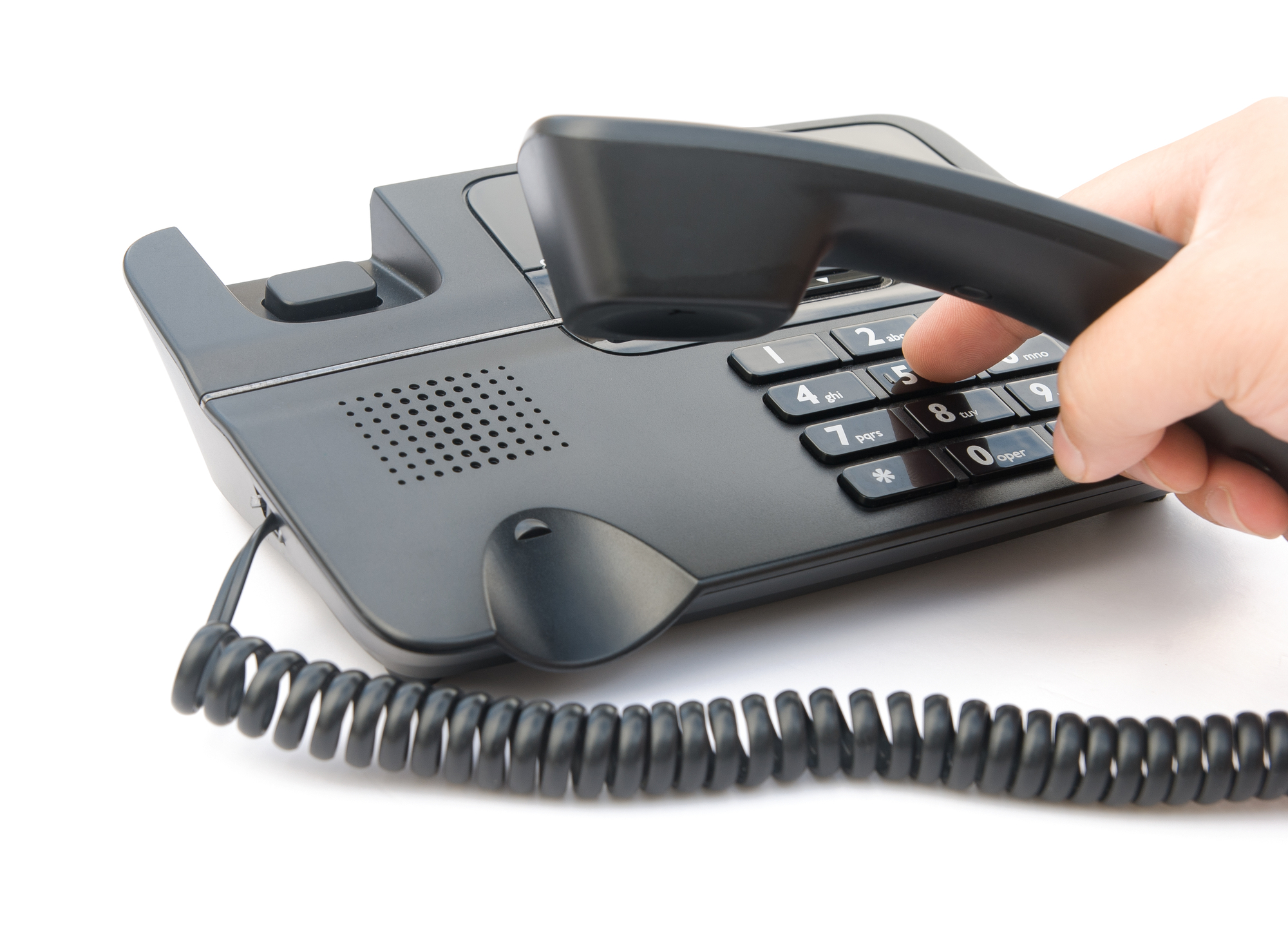
Hello… my name is (your name)’s refrigerator. He/she isn’t home right now to take your call. To leave him/her a message, speak very slowly so I can stick the message with the help of these refrigerator magnets.
30. Hello, you’ve reached [your name]. I’m currently out of the office and will return on [X date]. If your call requires urgent attention, please call [Name] at [phone number] and they’ll be happy to assist you. If not, leave a message and I’ll return your call when I get back.
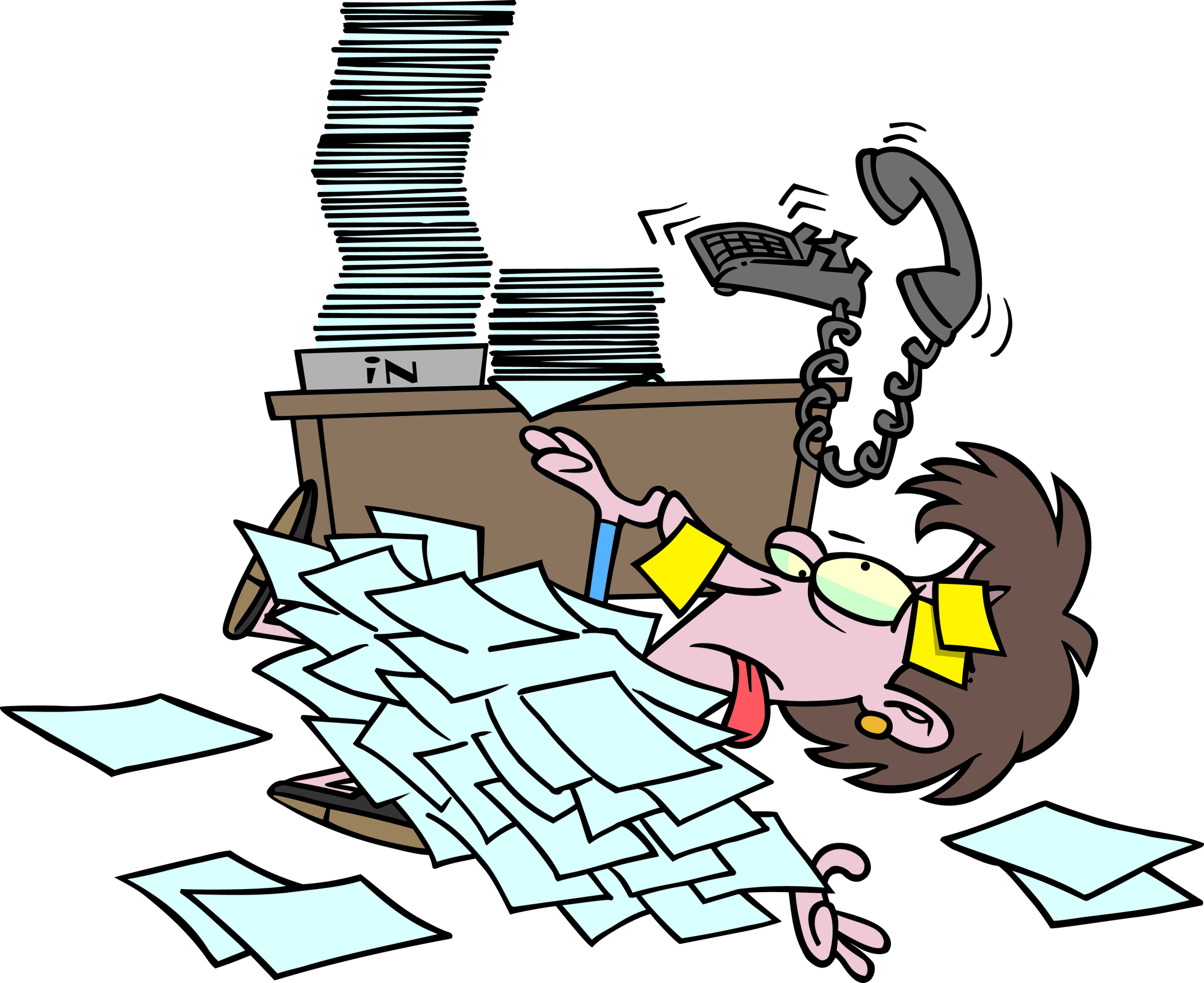
If you are alright with your prospects reaching out to you after work, then share your contact details will help them to reach out to you. This is not a mandatory technique, but if you believe that you can cater to prospects after your working hours then this technique is great to conduct.
Consider for a moment how your phone is currently being answered. Professional courtesy is quite often not the standard for many college students. An abrupt "Yeah!" could be listed among the more courteous greetings. The more outrageous remarks will often buy you a major black mark in the professionalism category—even if it was your roommate answering your phone and acting crazy. A simple "This is ____" is always a pleasant change for a college student call. Make the change today, before the next (or first) employer phone call. If you have a landline, you should also encourage your roommate to do the same.
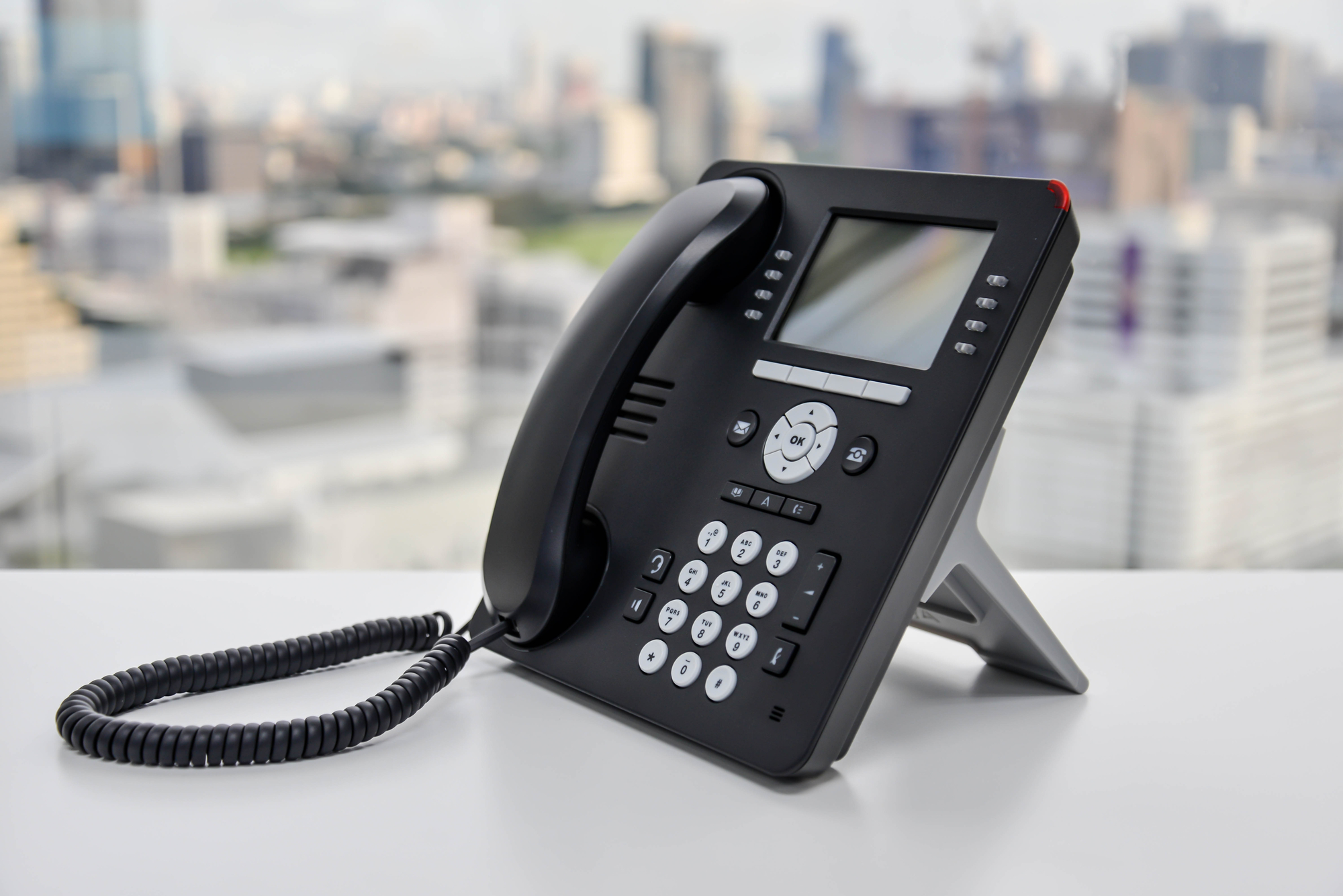
Website: https://www.holdcom.com/script-samples/voicemail-greeting-sample-scripts/
Informal voicemail greetings are those that don’t adhere to the rules of professional and business voicemail greetings. Here, you are free to just leave a simple greeting, or use it to show your more witty side. This style of greetings can be used for both home and business if you like, depending on the type of caller you expect. For instance, a novelty shop could probably create a rather informal message, using sound effects that represent the type of items they sell.
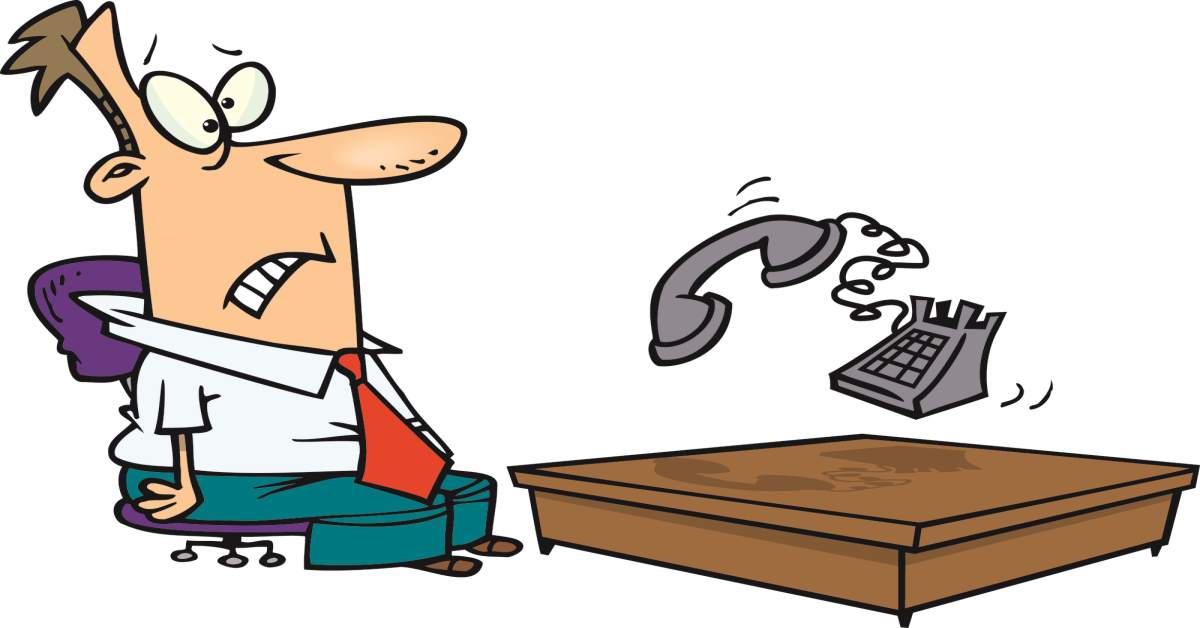
34. Hello, this is [your name]. I’m currently out of the office celebrating [X holiday]. I’ll be back on [X date], so leave a quick message and I’ll be sure to return your call when I get back. Have a happy [holiday]!
3. Use a VOIP Business Phone Solution. When someone calls your business number, you don't really want it to go to your personal cellphone voicemail. Likewise, you don't want non-business calls to hear your entire professional greeting.

3.) Welcome to John Doe. Currently we can not answer your call personally, or you are calling us outside of business hours. Please leave us a message with your name and telephone number - we will call you back as soon as possible. Thank you and good bye.
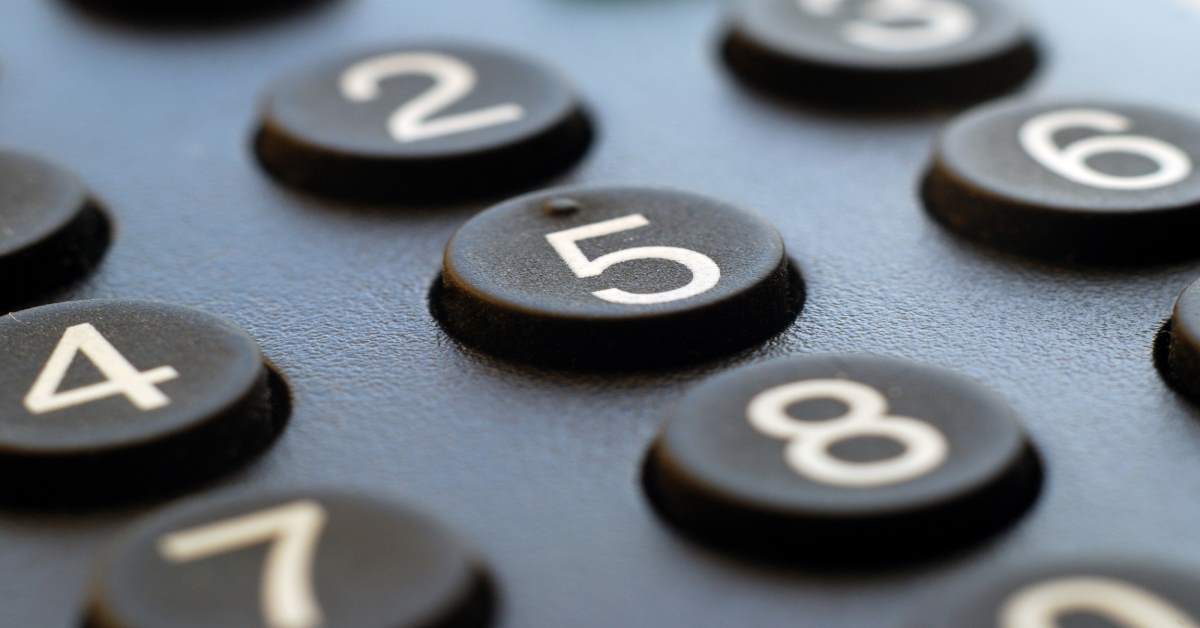
Your prospects need to hear something which can make them hold on to what you are trying to tell them and that starts with a good attractive statement.

Timing is everything. The moment you receive the lead alert is the best time to make the follow-up call. If you call them days later, your chances of getting them on the phone are greatly diminished. By calling them right away, you’ll talk to more leads which will inevitably boosts sales. Role-play your voicemail scripts so you sound like you’re making your 20th call, not your 1st. Ask your friends and colleagues for honest feedback on your voicemail scripts. Continually review what’s working and what isn’t -- there’s always room for improvement. If you have the lead’s email address, follow up with an email, and let them know in the voicemail you’re going to do so. If you don’t have an email, let them know you’ll follow up with a text.